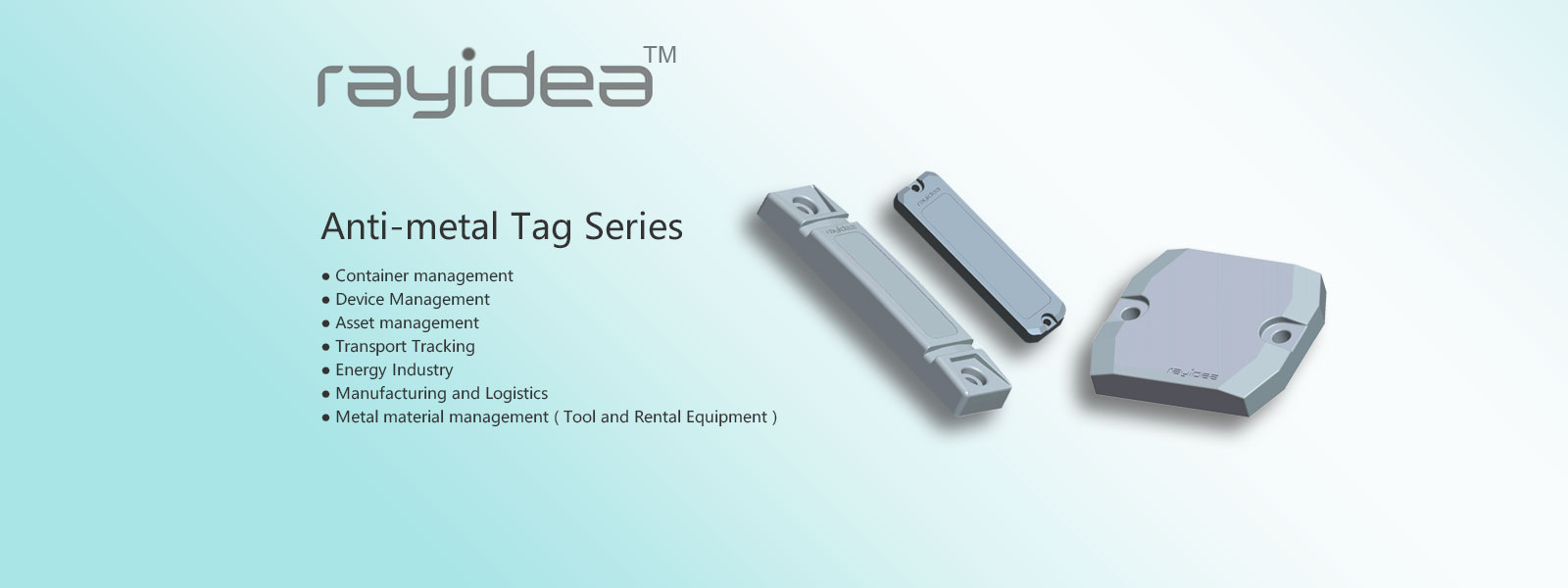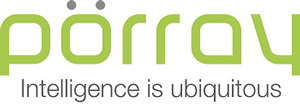Solutions
Asset Tracking Management

Asset tracking enables us to uniquely identify any object by affixing or embedding an RFID tag. RFID Tracked assets enable workflow optimizations, real-time inventory or location services and help reduce human error.
The solution is utilized used by public and private organizations to solve complex asset management challenges, including the areas of:
◆ IT asset tracking
◆ Data center asset tracking
◆ Healthcare asset tracking
◆ Oil & gas and utilities
◆ Public sector / state and federal agency asset management
◆ DNA & sample tracking
◆ Law enforcement asset tracking
Porray RFID can supply a lot of different RFID transponders and RFID Readers to assist you in carrying the whole tracking system.
Any asset, part, product or other item can be identified, tracked and managed using a RFID tag. But tagging methods vary, based on an item's shape, size, material and texture, as well as the environmental conditions in which it will be tracked.
There are some key issues to be considered. Such as:
◆ the size of the asset to be tagged and the footprint available to receive the tag
◆ the surface of the asset to be tagged, such as metal, plastic, cloth, living tissue (nursery stock, farm livestock, lab animal, pets, infants), wet paint, wet chemical coating, chemically treated, abrasive
◆ the duration of time the asset needs to be tagged—short or long term, permanent or temporary
◆ the duration of time the item will be exposed to environmental conditions, such as extreme temperatures, moisture, chemicals, abrasion, dust, human contact, pressure, salt water, animal exposure, outdoor ultraviolet exposure and weather conditions, industrial processing, temperature shock (going from hot to cold and back), flash freezing (dry ice), and lab testing
◆ the asset's temperature at the time of tagging; for example, hot molded products just out of the mold, or frozen consumer vending products
Meanwhile, there are performance considerations, including read distance, tag orientation, the type of readers that will collect the data, the amount of time required to read or write to the tag, how many tags will be read at a time, how quickly this will be done, and how fast the tag needs to be attached to the product.

 English
English Español
Español Français
Français 한국어
한국어 اللغة العربية
اللغة العربية.jpg?imageView2/1/w/100/h/100/q/60)







